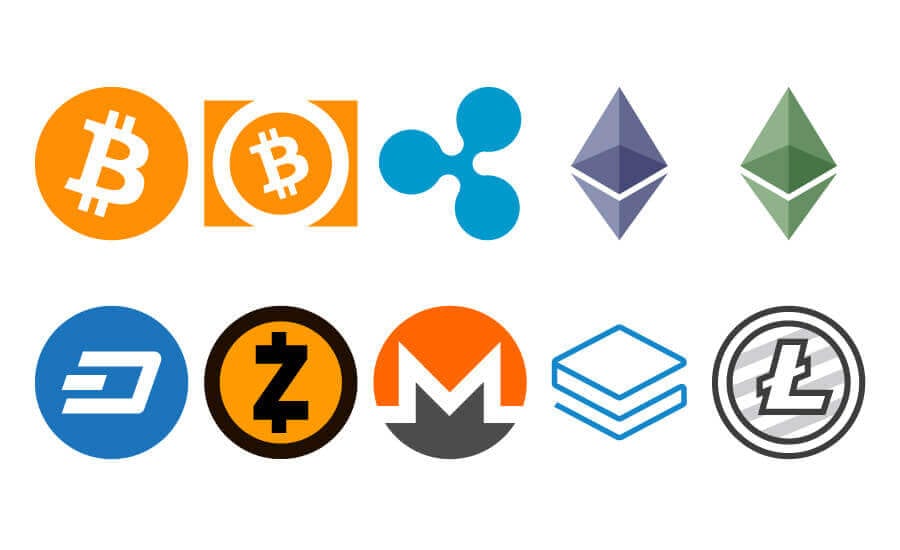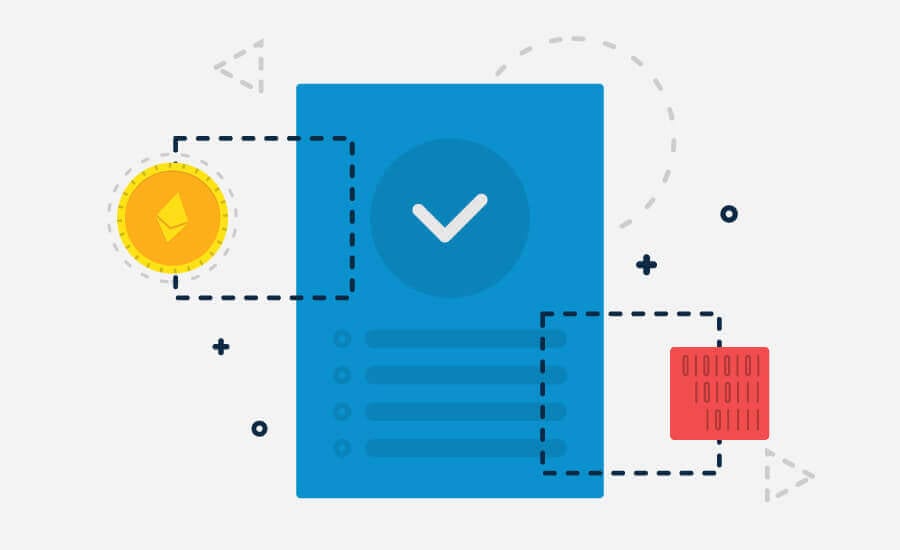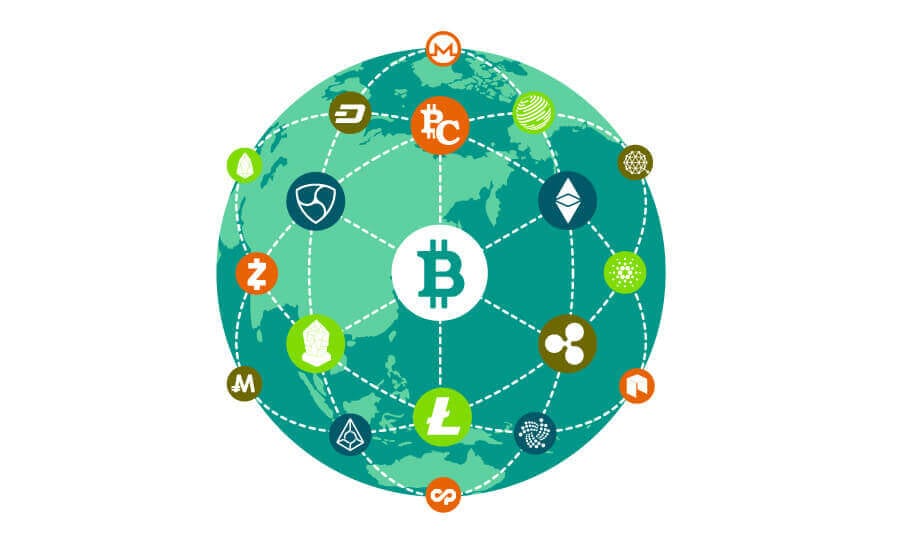Intellectsoft has developed a number of blockchain technology solutions, and we have started an ongoing series of posts about blockchain to provide a deeper understanding of the technology and everything related to it.
In 2017, the word “blockchain” was mostly associated with cryptocurrencies. Many people gaped at everyday Bitcoin price leaps, even if they did not invest in it. Established media started to write abundantly about initial coin offerings, cryptocurrency farms, and the Ethereum Project. Famous people from the tech and entertainment businesses joined the conversation about Bitcoin and made investments into the most promising cryptocurrencies. More and more people found out what Monero is. In one year, decentralized virtual money have travelled a path from a vague tech term to worldwide phenomena.
Concurrently, the backbone of cryptocurrencies — blockchain — also got more traction, and for a good reason. The technology offers the highest level of security and automation available to date to enterprises in any industry. For example J. P. Morgan has built a blockchain-based mobile payments system, while Maersk and EY have built a marine insurance platform that automates the insurance process with blockchain-based smart contracts. Comcast, Disney, and other big companies across industries have extended the list of blockchain platforms that bring business value.
Cryptocurrencies and blockchain platforms are transforming the world as we know it. But where did it all start? And, more importantly, what is the next step in blockchain technology adoption?
First Generation — Cryptocurrencies
The subprime mortgage crisis of 2008 was a devastating event for the world economy. In the book “Cryptoassets,” Chris Burniske and Jack Tatar argue that the lack of a transparency and immutability of complex financial instruments were the reasons the crisis occured in the first place.
To prevent a similar event from happening again, an individual (or group of individuals) under the alias of Satoshi Nakamoto have shortly, in 2009, created a decentralized virtual currency called Bitcoin. The backbone of Bitcoin — blockchain — has allowed for the seeked level of transparency and immutability, as well as eliminated the middleman (a bank, a government, a financial institution) from the payment process.

Serving as a new payment medium was the only purpose of Bitcoin at the time. The publicly verifiable virtual money gradually gained popularity among IT enthusiasts and the Dark Web users. Soon, the media began to refer to Bitcoin as “the first cryptocurrency.” As Bitcoin continued to gain traction worldwide, new cryptocurrencies started to emerge.
Eventually, the IT enthusiasts helped to engage a broader audience with cryptographic money.
Although the benefits of cryptocurrencies began and ended on providing a secure payment method fit for the tech-savvy times and the demands of modern users, the list of cryptocurrencies has been growing steadily. People chose to mine and invest in new decentralized money that mimicked Bitcoin. Other chose alternatives like Monero, which provides a higher level of anonymity than other platforms.
Second Generation — Blockchain Platforms with Smart Contracts
The success of cryptocurrencies brought together IT intellectuals to review the potential of the distributed ledger technology (DLT). Vitalik Buterin proposed a wider use of blockchain — smart contracts. Computer code on blockchain that automatically executes and enforces a set of actions and involves Bitcoin like tokens, the concept of a smart contract became the basis for Buterin’s blockchain platform name Ethereum. If Bitcoin was a monetary revolution, Ethereum revolutionized and decentralized the Internet, resulting in the rise of decentralized apps (DApps), decentralized autonomous organizations (DAOs), and the development of new platforms with blockchain smart contracts.

Consequently, developers across the world soon joined the new technological revolution, using Ethereum to launch their own tokens and raise money from the public with initial coin offerings, which provided an alternative means to raise venture capital. NEO, NEM and other blockchain platforms joined the cohort of the new wave of second-generation blockchains, letting developers create new projects on top of them, as well as launch blockchain-based businesses and organize decentralized governance.
The Third Generation — Scalable, Interoperable Ecosystems
The third blockchain generation is currently in its infancy. Projects that aspire to meet the requirements of this category invision global applications of everything blockchain technology has to offer. These will be enormous blockchain platforms that automate organizational structures like cities, every organizational body in them blockchain-based and connected to other bodies.

This mega-blockchain will strive to satisfy the following requirements:
- Blockchain onboarding of the general public.
- Seamless integration with existing blockchains.
- Removing scale and speed limits.
Improbable only a few years ago, the technology was already described in white papers of Cardano and TON. In 2019-2020, we will witness a blockchain of blockchains, with million transactions per second, as well as the tokenization of many businesses across the majority of industries. These enormous blockchain platforms will bring in new levels decentralization and data accessibility, as well as new waves of technological disruption.
Ten years passed since the inception of Bitcoin. Although this might seem like a long time in our fast-paced world, the opposite is true. Given the novelty and complexity of blockchain technology and cryptocurrencies, they have made a tremendous leap in terms of innovation and adoption in ten years time. And very soon, blockchain will make one more leap, from fractional adoption — to everyday omnipresence.
If you want to realise your blockchain ideas — get in touch with us. We have already helped our clients with impactful blockchain-based software.